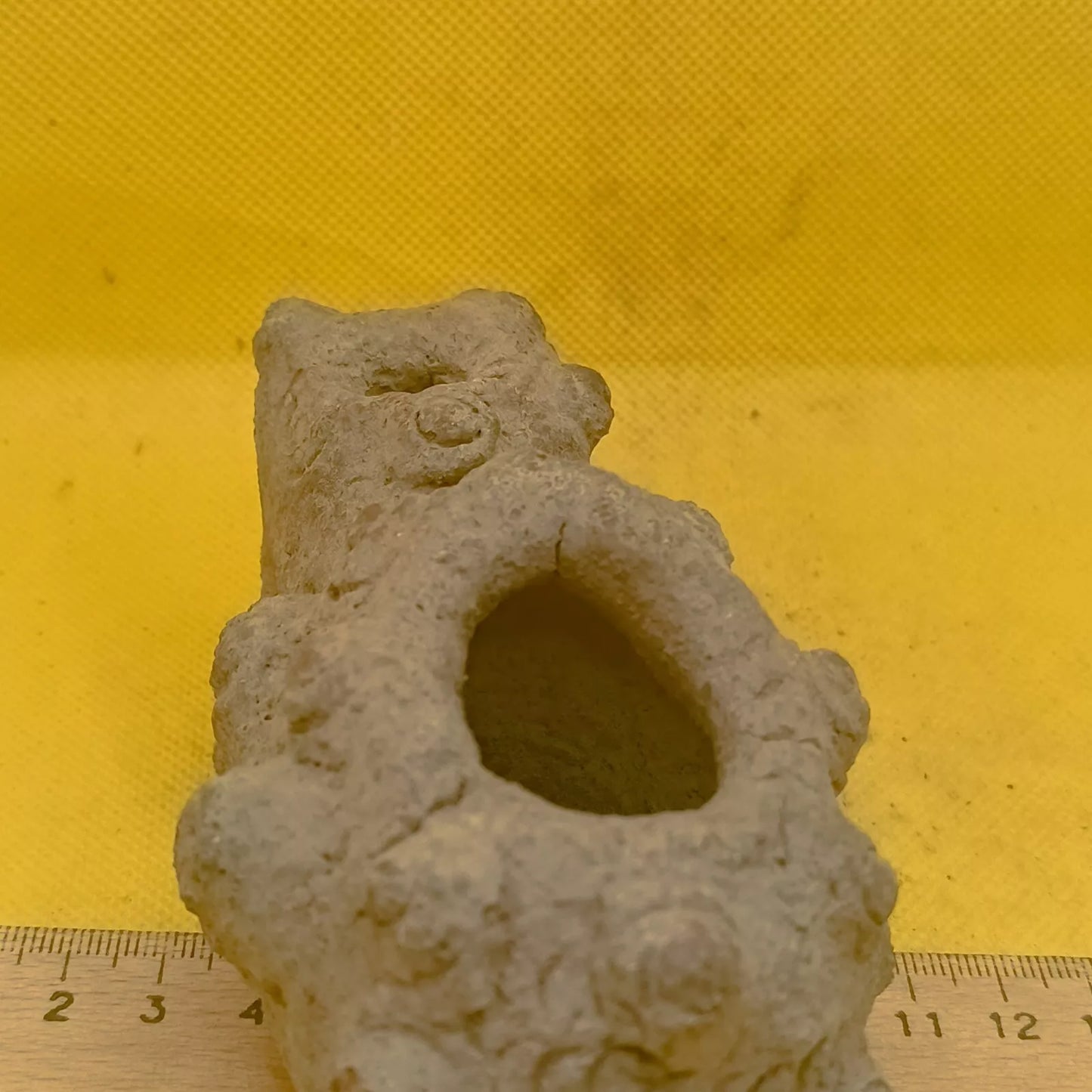Ukrainian Vibe
Neolithic Terracotta Ritual Idol – Cucuteni-Trypillian Culture, Ukraine
Neolithic Terracotta Ritual Idol – Cucuteni-Trypillian Culture, Ukraine
Couldn't load pickup availability
This rare terracotta idol dates back to the Neolithic era and is attributed to the Cucuteni-Trypillian culture—an advanced prehistoric civilization that flourished between 5500 and 2750 BCE across the territories of present-day Ukraine, Moldova, and Romania. The figurine was unearthed during agricultural works in 2001 near the village of Khoroshiv in Zhytomyr Oblast, Ukraine, a region rich in archaeological sites linked to Trypillian settlements.
Hand-sculpted from natural clay and baked in open fire, the idol represents a stylized human figure, believed to symbolize fertility, protection, or ancestral spirits. Such figures were commonly placed in dwellings, sanctuaries, or ceremonial spaces to ensure prosperity and spiritual connection with the earth.
The surface bears traces of ancient pigmentation and erosion from soil exposure. Despite its age, the form remains well-preserved, showcasing the characteristic elongated proportions and abstract detailing typical of Trypillian symbolic art.
Authentic Neolithic ritual idol
Culture: Cucuteni-Trypillian
Estimated date: 4500–3000 BCE
Material: Hand-formed terracotta
Region of discovery: Zhytomyr Oblast, Ukraine
Condition: Stable with visible signs of age and soil contact
Purpose: Likely used in household or communal rituals
A rare artifact that bridges the spiritual practices of early European civilizations with the enduring mystery of Neolithic symbolism.















